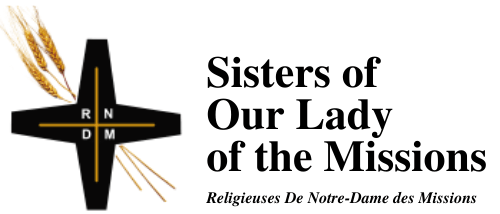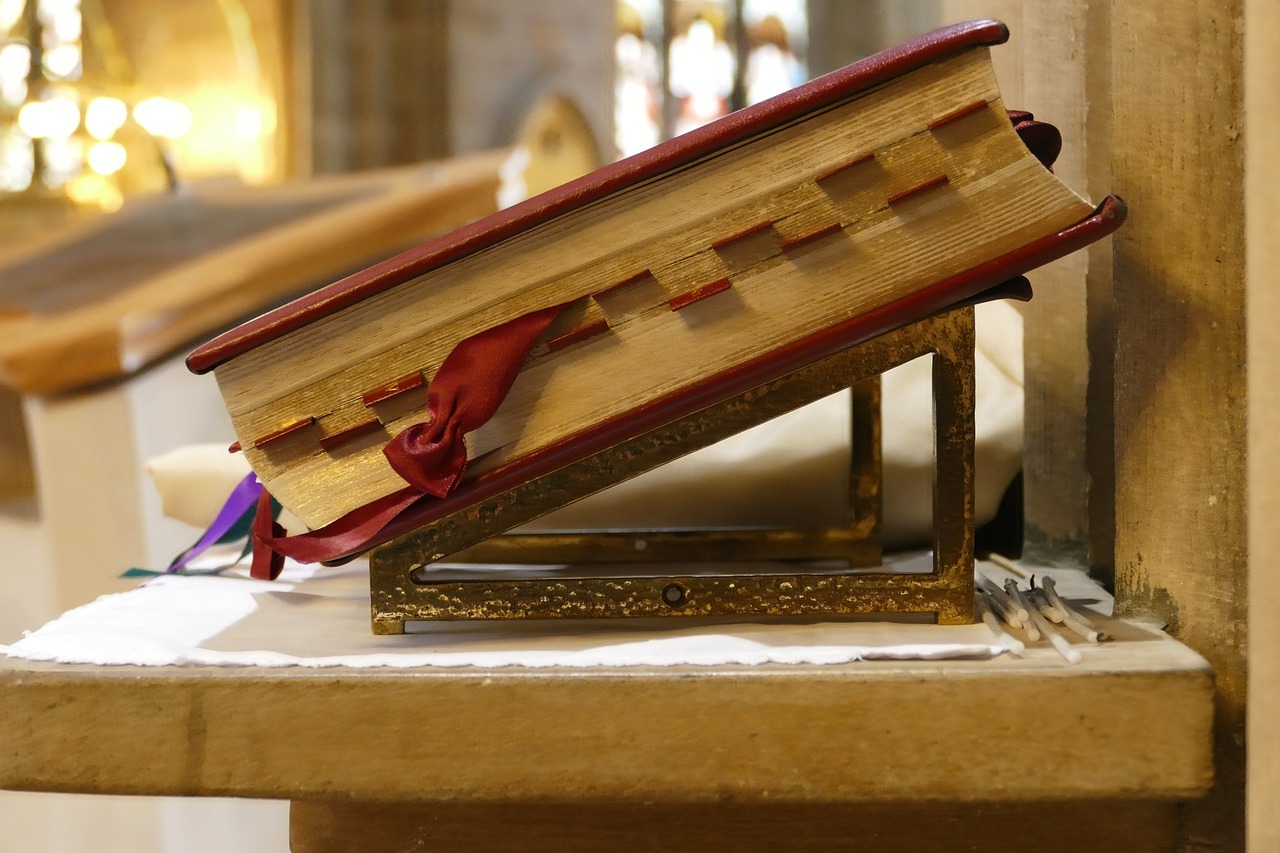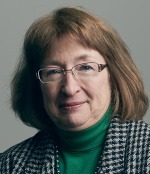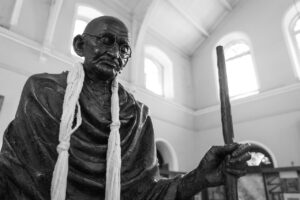Acts 2: 42-47 (RM) or 2: 14a, 22-32 (RCL); Psalm 118; 1 Peter 1: 3-9; John 20: 19-31.
Liturgists are sometimes a very contrary lot. Roman Catholic liturgy scholars and specialists worldwide protested the implementation of the awkward, pretentious 2011 English version of the Roman Missal (…OK, that didn’t go very far.) Similarly, RC liturgists for the most part were absolutely appalled at the declaration of the Second Sunday of Easter, the Octave day, the Eighth Day, as “Divine Mercy Sunday” – a title based on a private revelation to one individual.
That’s why it’s important to wiggle our fingers into the elastic spaces and stretch them to allow more credible, just and faith-full realities to come to the surface. (You can do this with church law too, by the way.)
Today’s Gospel is a two-part story. It relates what happened on the first first day of the week, when the remaining disciples of Jesus saw him alive inside a locked room, and the next first day of the week, when Thomas was with them. The writers of the Gospel of John, which was finished in the late first century or early second century, used one or several stories that by then had become traditional accounts, and shaped them to show the risen Jesus as a divine figure, more divine (if that’s possible) than the three earlier canonical Gospels.
One of these little elastic spaces has to do with the use of the word “disciples.” It’s a general term, not limited to the twelve men or even to Jesus’ inner circle. It most likely refers to the whole community of believers, not just at the point in time where the original story was placed, but to describe the Johannine community three generations later. Yes, men and women. Yes, the Holy Spirit, the breath of life, has come upon them all. Yes, it confers authority to forgive sins.
So that means that this text is far more expansive than Matthew 16:19 and 18:18 where the authority to forgive sins, the “office of the keys,” is given to Jesus’ inner circle of men. Here the commission to forgive flows powerfully from the Spirit, blanketing the community, nudging every one to release each other from guilt, malice or old grudges, to allow the Spirit to flow ever more freely through them and out of them in expanding circles to embrace the world.
Here’s another elastic space – it has to do with, well, space – the space where they met, the room where it happened. It was locked out of fear of the authorities, not the Romans, but their own local religious authorities. What would they have done to Jesus’ followers after his death? It was the Romans who had crucified him. And, in the late first century, it was the Romans who exercised military and governmental hegemony. The Temple had been destroyed, and with it, the backbone of Jewish sacrificial practice in obedience to the Torah was shattered.
Speaking of place – in John’s Gospel this all happened in Jerusalem. In Matthew, the disciples of Jesus were told three times to go on ahead to Galilee where they would see him. If the point of the story is to show the Risen One as exalted and glorified, the location says it all.
Thomas represents another “space” – the one occupied by this second and third generation of Christians who would never have the opportunity to touch Jesus in the flesh, to shake his hand, embrace him, or give him a proper kiss. They would never hear him speak directly to them, inviting them to overcome their doubts and fears. Their belief could not be based on a real-time relationship with the Jesus of history – it was based on text, testimony, and the lives and love of their Christian companions, graced and carried by the Spirit.
Please do spare a compassionate thought for liturgists. Thirty-five years ago there was a nasty joke making the rounds that compared liturgists to terrorists – it was after Ronald Reagan famously proclaimed “We will not negotiate with terrorists.” Liturgy is the elastic space where all the pieces – word, sacrament, living presence to each other, art, music, poetry, silence, prayer, time, and yes, place – all come together. We don’t always get it right. But what an exhilarating shared faith experience, when the pieces all come together beautifully, embodying just a taste of all the richness that lies beyond and within.
© Susan K. Roll
Susan Roll retired from the Faculty of Theology at Saint Paul University, Ottawa, in 2018, where she served as Director of the Sophia Research Centre. Her research and publications are centred in the fields of liturgy, sacraments, and feminist theology. She holds a Ph.D. from the Catholic University of Leuven (Louvain), Belgium, and has been involved with international academic societies in liturgy and theology, as well as university chaplaincy, Indigenous ministry and church reform projects.





I like the image of wiggling our fingers into the “elastic spaces” and stretching them “to allow more credible, just and faith-full realities to come to the surface.”